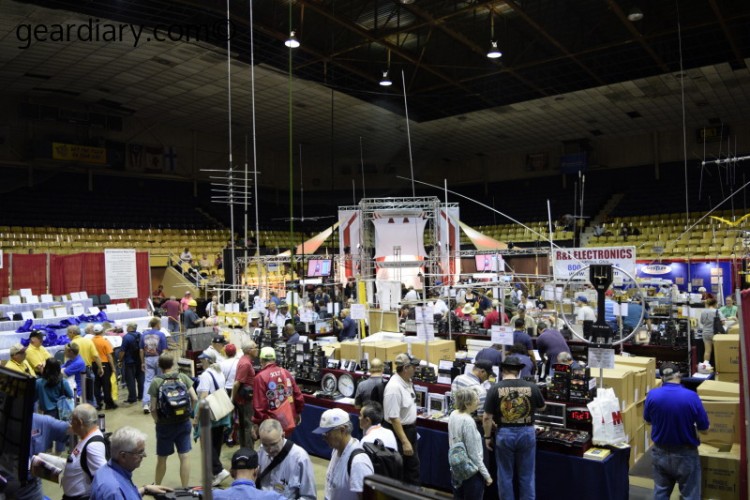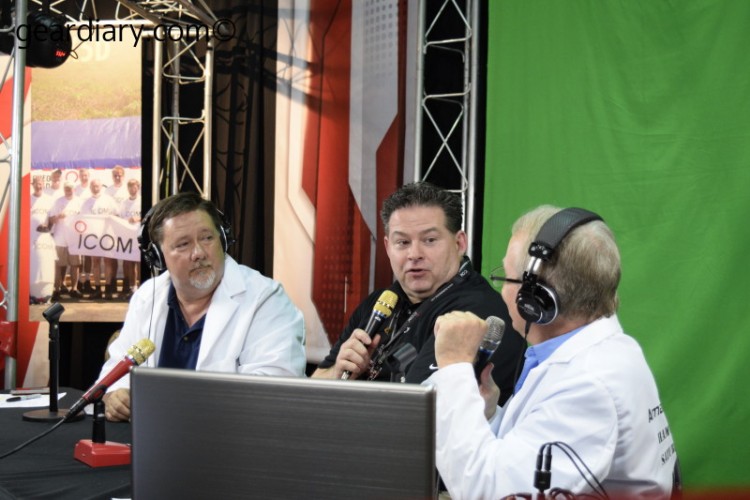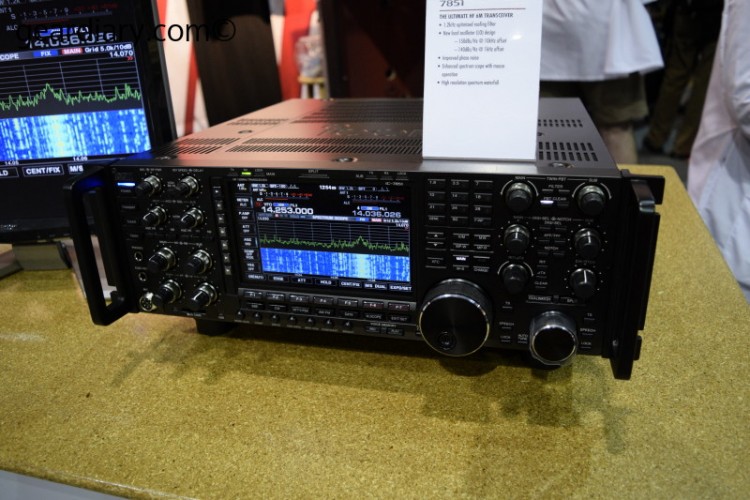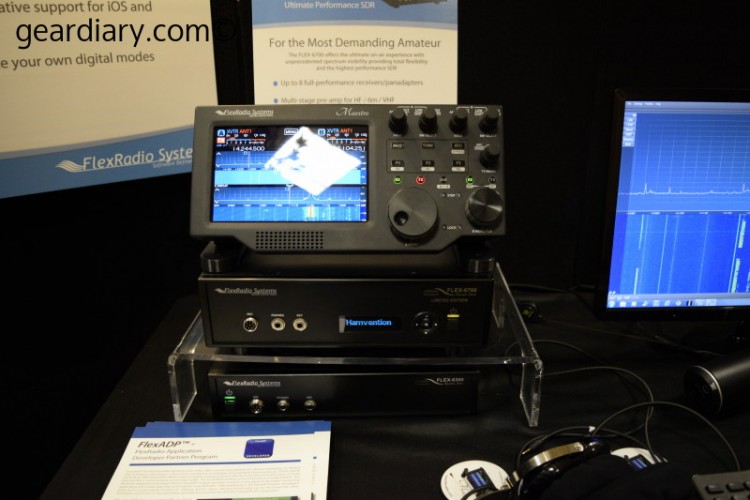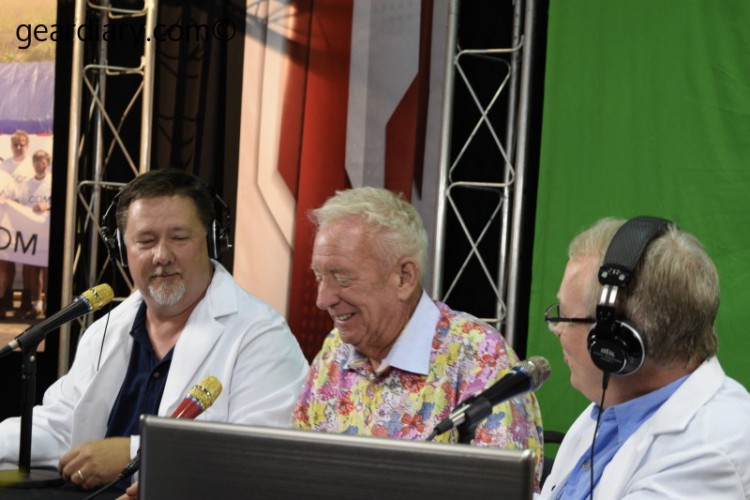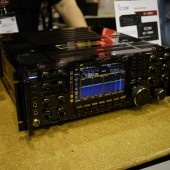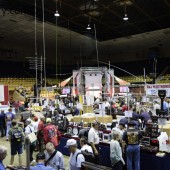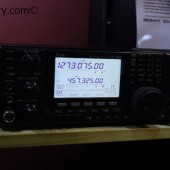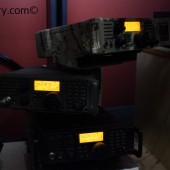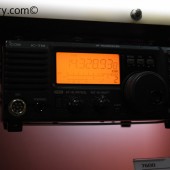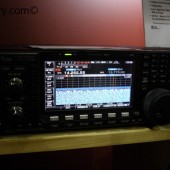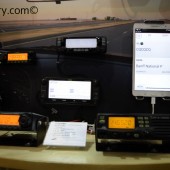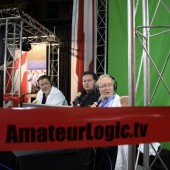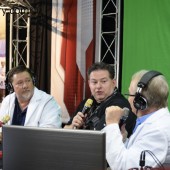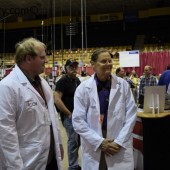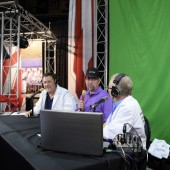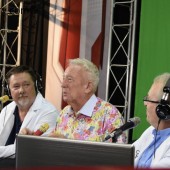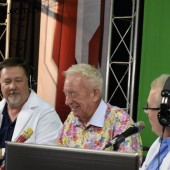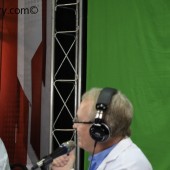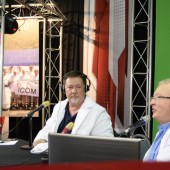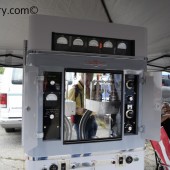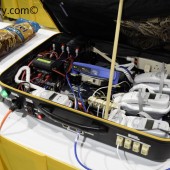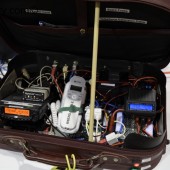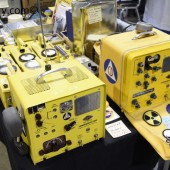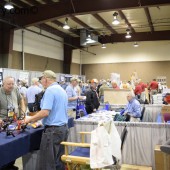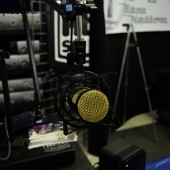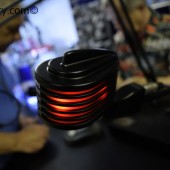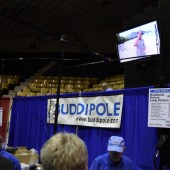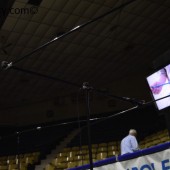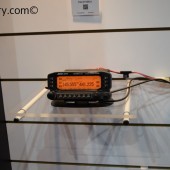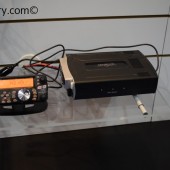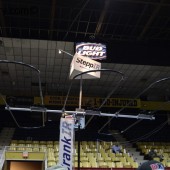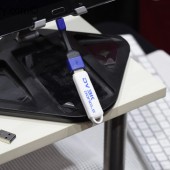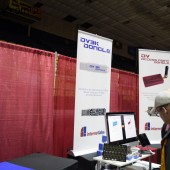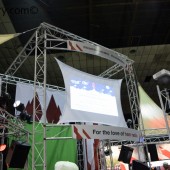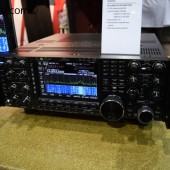Since I have fully recovered from the past Dayton Hamvention, I thought I would share some of my thoughts of the event. Now you may be unfamiliar with Hamvention so let’s just say it is the biggest Ham Radio event not just here in the US, but in the world. That’s what it means to me and many other hams.
The Dayton Hamvention is a special event for many ham operators like myself. It’s part convention, part learning, and a whole lot of fun. Hamvention is more than the sum of it’s parts. The best part of Hamvention isn’t being able to buy new gear, to see new gear, and to buy the old gear, but to see the hams that you may have only talked to on the radio, on social networks thinks or via podcasts like Ham Nation, Amateur Logic and more. Hamvention is the biggest hamfest in the world. A hamfest is much like a Linux fest, but usually includes a place where you can buy gear, new and old. Many hamfests are humble affairs that last only a day. Dayton Hamvention is the largest of these and it goes for three days itself, Friday, Saturday, and Sunday.
While Dayton Hamvention is a large event in and of itself, there are also MANY satellite events that occur due to the fact that this is the one time a year many of us are in the same place. There are events like Four Days in May, which happens Wednesday through Friday and is a event focused on QRP, or low power(typically 5 Watts or Less) operation of radios. This year, there was a D-star training event the Friday of Hamvention week that focuses on D-star operation. There’s also Contest University which is an event that focuses on contesting – a form of ham radio operation that focuses on the many contests you can enter with the purpose of winning an award for making as many contacts as you can during the contest. That and the many informal meetups and just general fun you can have in the hobby of ham radio are what truly makes the Dayton Hamvention bigger than the event itself. That’s why I love attending it in any capacity. Nowhere else can you do all of these things in a weekend all centered around a hobby that many of us, including myself, that is more than a hobby…it’s an obsession!
Hamvention itself started from humble beginnings, or so you may think. In 1950, John Willig, W8ACE asked his club, the Dayton Amateur Radio Association, or DARA to sponsor a ham radio convention. However, the club turned the idea down. John did not let this idea die and in 1952 he had a second champion get behind his idea in the likes of club president Frank Schwab, W8OK and in January of 1952, the Southwestern Ohio Ham-vention, what we now call Dayton Hamvention was born with a budget of only 100 dollars. That budget didn’t go very far so they sold raffle tickets for a 12 inch TV to help raise the funds for the show and even got the FCC to give tests at the show(at this time, the FCC was responsible for testing…unlike today’s many volunteer exam coordinators). They even had a prize the first year, a Collins 75A2. They expected a mere 300 people to show up. They had 600 that first year at it’s location, the Biltmore Hotel. Imagine 600 people showing up in the first year of any event! Just 4 years later they added awards like the Amateur of the Year award to the show and in 1964, Hamvention moved to it’s current location, Dayton’s Hara Arena. Last year, they had an attendance of 24,873. This year, from my view, looks to be about the same attendance wise, but they have yet to release the final numbers.
So I have shared a bit on the history, now to today. Why do you want to go? Well it’s a given if you are into radio and geeky stuff like the Raspberry Pi and other technologies. Do you have to be a ham to attend? No, but you may soon be after you see the many things you can do with Ham Radio at the event. If it’s at all interesting to hams you will see it at Hamvention.
This year, there were quite a few updates to products that have been around for a while like Kenwood’s TS990, but Icom had the new IC-7851 transceiver there, which is just like the 50th anniversary IC-7850 radio, but without the glossy black and gold finish. They also had the new ID-51A Plus which, like the 7851, is the new model with all the same features of the 50th anniversary model.
Flex Radio Systems, who is the current leader in Software Defined Radios, had their 6700 series at the show. What is a software defined radio? Essentially, it is what it sounds like – a radio defined in software. Most radios in cell phones are software defined radios. The 6700 is the best Flex has to offer. The radio itself actually runs on Linux, and they have also told me that they have now opened the API so that open source developers can write software for the radio, which will mean that you will soon no longer need to use Windows for the user interface to the radio. The radio itself also has a panel accessory(what you see on top) called Maestro that makes it possible to run the radio without a computer. Software Defined radios are the future of ham radio and very soon you may no longer want the panel accessory for the radio, as the interface and features can easily change with a new software release. Not so with radios dependent on dials and other interfaces. So for me, this is one exciting thing I will keep an eye on.
So, for me, I did not purchase many things at the show, but that’s not what it’s about for me. It’s about seeing people like N5ZNO, Tommy Martin; W5JDX, George Thomas; K9EID, Bob Heil(from Heil Audiseo) and WB6NOA, Gordon West whose materials I used to earn my license. These guys are the ambassadors to ham radio and are hams that I highly respect. To be able to shake their hand and have a conversation with them is more than worth the trip. While my grand dad is still my hero, these guys are my ham radio heroes and it is indeed an honor to meet them in person. This is the reason I go and will continue to attend into the foreseeable future.

